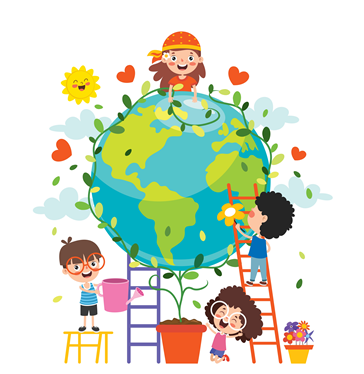Celebrating World Wetlands Day
Spearheaded by the United Nations, World Wetlands Day arrives on February 2 of each year. At first, you may find it odd for the Plant a Seed & See What Grows Foundation to mention this day in a blog about sustainable gardening and farming. How do Canada’s wet grasslands, marshes, estuaries, deltas and tidal flats tie-in to gardening and farming? Quite closely, actually.
Canada has nearly 1.3 million square kilometers of wetlands, covering 13% of our country’s terrestrial area. Approximately 40 percent of all plant and animal species live or breed in wetlands. As a result, wetlands contribute to biodiversity, which is critical to the health of entire regions. Your own community, school, or home garden may depend on nearby wetlands to provide for biodiversity. Furthermore, thriving wetlands provide natural flood control and even support local economies in promoting tourism. Moreover, they serve as engaging learning environments for youth. It’s the opportunity for learning that we’re focusing on today in this feature of how to celebrate World Wetlands Day. Let’s wade on in!
3 Ways to Celebrate World Wetlands Day in Canada with Your Kids and Students
Field Trip to Nearest Wetlands
With the above-mentioned 1.3 million square kilometers of wetlands in Canada, many of us will live near enough to one to organize a field trip with the kids. From coast to coast, there are ecological reserves that boast numerous trails for the public to walk (and bike) and enjoy. Find a wetland near you that offers a lot of online information about the animals, birds and insects (pollinators!) and plants natural to the area. Create a scavenger hunt checklist so that your kids know what to keep an eye out for along the trails. An example of a great wetland educational experience is found in the BC Lower Mainland at the Boundary Bay Regional Park (get directions) which hosts over 200 unique species of feathered friends, in addition to rabbits, frogs, salamanders, bees, garter snakes, flora, and so much more. Another popular marshland that Greater Vancouver area schools like to use for outdoor learning is located at Jericho Bay (get directions). Study this Canada-wide wetland map with your kids to identify a fun learning outdoor opportunity near you.
Learn About Food That Can Grow in Canada’s Wetlands
When it comes to sustainable food production, most people associate wetlands with rice, sugar cane, banana, and other tropical-climate crops. However, there are other food-bearing plant species that can thrive in Canada’s wetlands. These include those that your kids are already familiar with, such as:
- Blueberries
- Cranberries
- Tomatoes
- Watercress
Planting crops in wetlands requires somewhat different attention than those that grow in traditional garden/farm soil, so be sure to make this a part of your kids’ research plan.
Paddle for “In-Depth” Knowledge
Expand upon the field trip concept, by taking the kids out into the wetlands’ “deeper depths” (where possible) in a canoe or kayak. The water only needs to be slightly over the 1-foot mark to be paddle-worthy. Paddling through a wetland gives a unique insight into the ecosystem, including observing aquatic plants, fish species, and other creatures that thrive in bogs, marshes, and swamps whether they are freshwater or marine. They are all integral to the biodiversity of the region and also serve as an example of aquaponics in action. Aquaponics is a system of aquaculture that utilizes the waste produced by fish and crustaceans to supply nutrients for plants grown hydroponically, without soil. Learn more about aquaponics, before paddling out with the kids.







